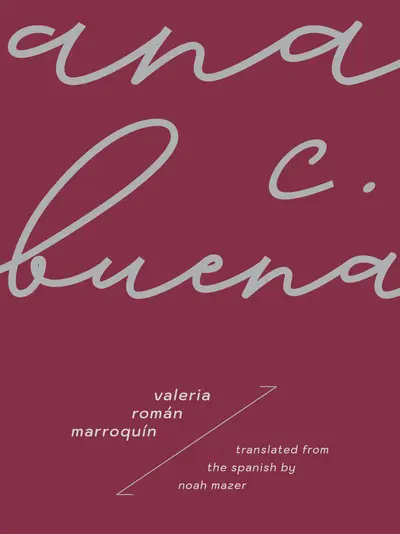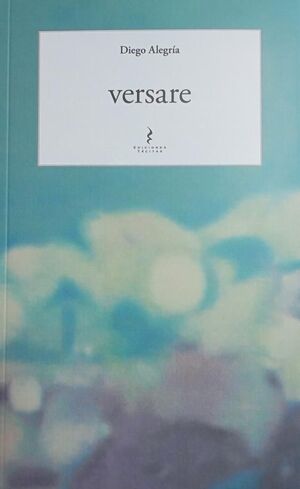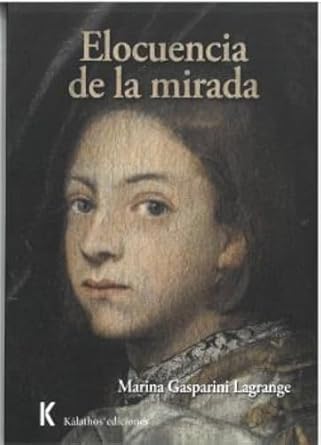The Miracle Unfolds. Juana Rosa Pita. Translated by Erin Goodman. Iowa City: The Song Bridge Project. 2021.
When we enter a planetarium and take a seat under its dome, the lights are dim but the tenuous outlines of the chairs, the people, and the doorframes moor us to the Earth. We come expectant, primed by our visual memories: a naked night sky in a wild place dark enough to see it, or a digital telescope image so ethereal it feels like an artist’s imagined rendering. Then the theater goes dark, and our eyes trick us into believing our soft animal bodies are hurtling through space to places far beyond Mary Oliver’s clean blue air.
Before entering The Miracle Unfolds by Cuban-American poet Juana Rosa Pita (Havana, 1939), translated into English by Erin Goodman (Song Bridge Project, October 2021), we come primed by our own ideas of what we consider a miracle: a child being born with fingers and toes intact, or the methodical unfurling of an exquisite bloom. A miracle is, of course, something that sparks awe and wonder, and Pita’s work is an ekphrastic ode to the Mystery (with a capital M) that she sees from the vastness of the cosmos all the way down to the most infinitesimal of particles. God is exalted among shadows, silences, whispers, and glances; in the world of Pita’s poems, these seemingly unknowable forces in fact invite us to know them, whether through science, human connection, faith, or poetry.
The Miracle Unfolds is an extensive anthology of poems selected by Pita and Goodman from seven different volumes of the former’s work, originally published in Spanish and sometimes alongside the poet’s own translations into Italian. The sacred and spiritual tone of the collection brings to mind the poetic books of the Bible: these are Pita’s astrophysical proverbs, psalms, and canticles. The book is also the result of a nearly eight-year collaboration between Pita and Goodman, and the press, The Song Bridge Project, exclusively publishes en face bilingual editions. In a way, the format honors Pita and Goodman’s relationship, as we might imagine poet and translator sitting across from one another, deep in dialogue.
Goodman writes in the Translator’s Note that she was drawn to Pita’s voice, which evokes a place of centeredness and stillness; her poems are a testament to what it means to be sentient. According to Pita’s quantum poetics, when we are tuned into our own interior universe as well as the one we physically inhabit, we can leap like an electron, even if only momentarily, to a higher cosmic energy level, from Homo Sapiens to “Homo Angelus.” Goodman’s translations, then, are yet another leap: spurred on by the energy invested in careful contemplation and interpretation, yet ever orbiting around the same center.
Where Goodman could perhaps not quite mirror Pita’s inventiveness without compromising something else essential to the poem, she manages to reincarnate it elsewhere. Pita creates a “vida-nave” [“life-ship”] sailing on the “maríntimo” [“inner-sea”], and Goodman follows suit, converting “limosnas de palabras” into “word-alms,” “obreros del mar” into “sea-workers,” and “opresión del alma” into “soul-oppression.” Goodman addresses the conundrum of translating sound and rhythm in a way that seems inspired by “Cuarteto de Otoño” / “Autumn Quartet”: “Entre sus confusiones / la vida nos da acordes / con que hacer joyeles de música” [“Among its confusions / life gives us chords / to form little musical jewels”]. The jewels do not always emerge in the same spot, or necessarily in the same key, but they do come forth in the translations. When Goodman showcases a bit of improvisation and poetic freedom is when they really sing, such as when she renders “Todos los crepúsculos hermosos / están incluidos en los relumbrantes, / que esperamos en Pisa y en Florencia” as “Every beautiful twilight / is entwined in the twinkling ones / we await in Pisa and Florence” (“Motete” / “Motet”).
Goodman further observes of Pita in the Translator’s Note, “Although the condition of exile does not define her, throughout her work there is an evident longing for a homeland, or ‘patria,’ that could be physical or figurative, perhaps found in a person, a kindred spirit.” Indeed, the last four sections of The Miracle Unfolds reference Pita’s relationship with her “hermano astral” [“astral brother”], physicist and poet Giovanni Vignale. Goodman explains in a footnote that Pita stumbled upon Vignale’s book The Beautiful Invisible: Creativity and Theoretical Physics in a bookstore in Cambridge in 2015, which proved to be a cosmic tipping point in the spiritual and creative life of both writers and the start of a muse/mentor/translator relationship. Goodman further remarks that “the role of physics and Pita’s fascination with both the miracle and the science of life cannot be understated, especially in her four most recent collections,” which align with the development of this bond between Pita and Vignale.
In any case, the idea that a Cuban-American poet would be defined by the condition of exile is artistically restrictive. Pita reflects on her multiple homelands, from Cuba to Virginia to Italy to Boston, but it seems that poetry itself is where she prefers to hang her soul’s hat (“Patria a la medida” / “Tailor-Made Homeland”). A displaced or migrant artist is, at the end of the day, an artist—no qualifier required. And in the case of Pita, who left Cuba in 1961, these sixty years have contained too many rivers, dreams, and astral compatriots to be compressed under the category of literature of exile.
Instead, Pita finds the timeless in the fleeting and the infinite in the minimal. Pita and Goodman did well in their selection of the two poems that conclude the collection, “Entender no entendiendo” / “To Know Without Knowing” and “La clave está en otra parte” / “The Key is Elsewhere,” as they contain concise maxims that reflect Pita’s raison d’écrire as she enters her ninetieth decade:
Ser solamente humanos pone límites Being simple mortals has its limits
pero un poema a veces nos susurra but a poem sometimes whispers to us
algo que otros van a entender something others will understand
con atención leyéndonos más tarde. later when they read us closely.
La clave de la realidad está en el sueño, [T]he key to reality is in dreams
la de la vida en la fe. and the key to life is in faith.
En la poesía está la clave de la física The key to physics is in poetry
y en el fondo del mar la de la tierra. and Earth’s is at the bottom of the sea.
When we exit a planetarium, we can see it from the street for what it is: a geodesic cathedral anchored by the gravitational pull of our gargantuan globe planet. We feel that we have returned to reality and metabolized the unnerving experience of being snatched out of the safety of the Earth’s atmosphere as a case of trompe l’oeil. But we also emerge with the consciousness that our bodies are, in fact, constantly tumbling through this vast and wondrous universe.
A similar realization lingers after reading the poetry of Juana Rosa Pita.
Emily Hunsberger
Philadelphia





